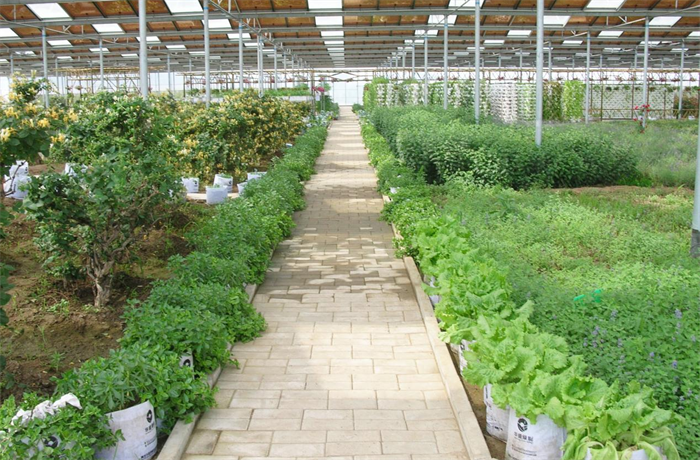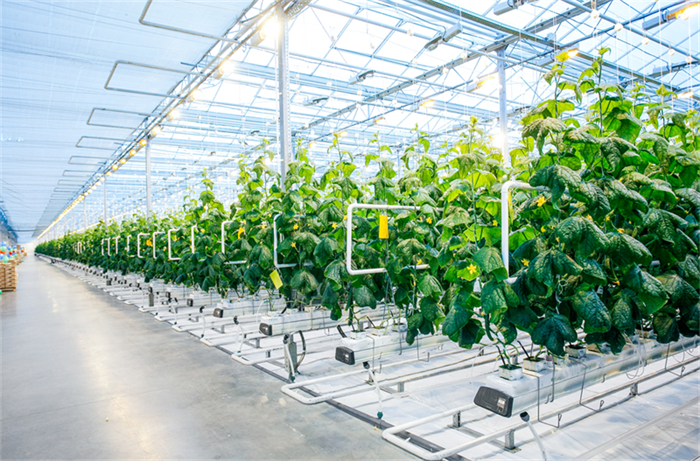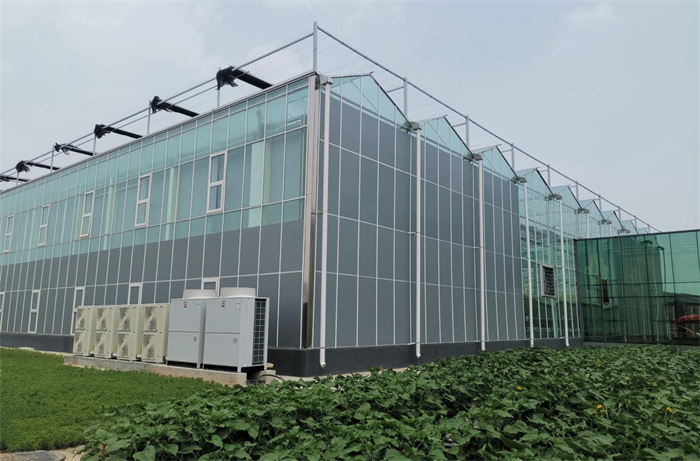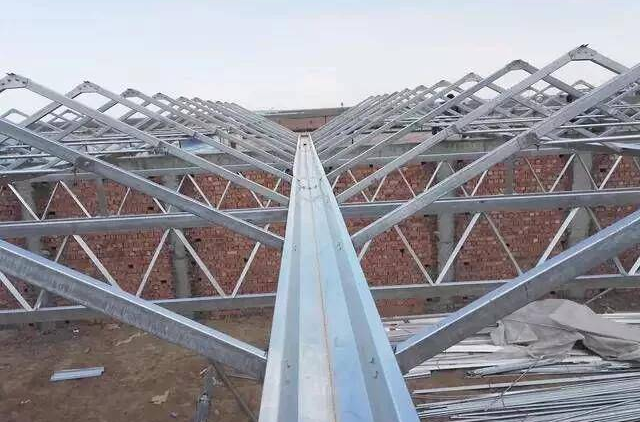0102030405
Greenhouse drip irrigation composition
2024-04-02 00:00:00
Greenhouse drip irrigation: mainly refers to indoor drip irrigation used in solar greenhouses, multi-span greenhouses and plastic greenhouses without natural precipitation. It is required that the laying pattern of drip irrigation pipes (belts) should be combined with the planting methods of vegetables, flowers and other crops to ensure good irrigation effects.
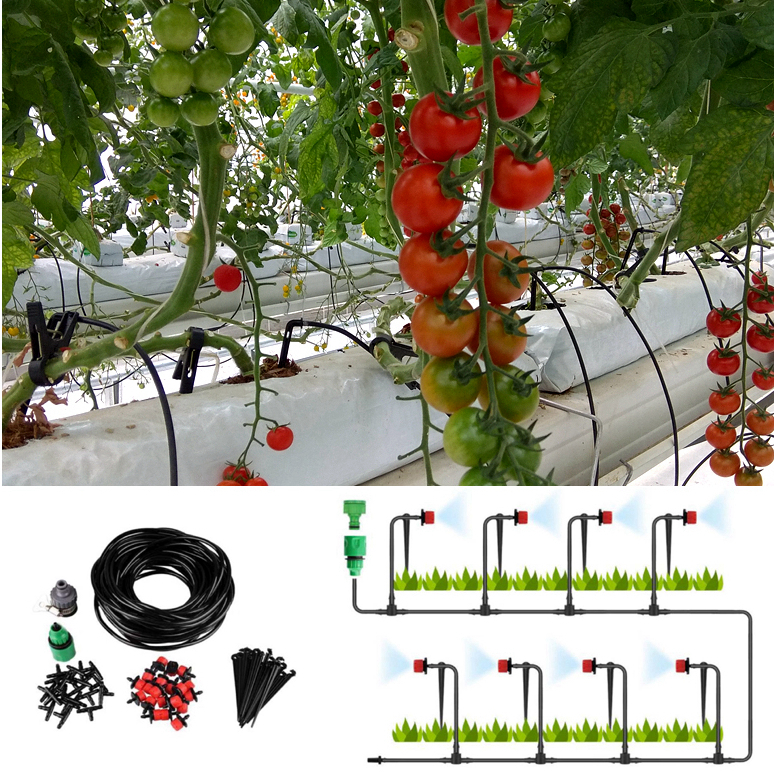
Taking solar greenhouses as an example, solar greenhouses are generally 50-100 meters long and 5-10 meters wide. They can have long ridge pipes from east to west or short ridge pipes from north to south. Drip irrigation pipes should be laid along the rows of crops, 5-10 cm away from the roots of the plants, one for each row of crops. If the distance between two rows of crops is less than 40 cm and the soil is clay or loam, only one of the two rows of crops can meet the irrigation requirements.
Multi-span greenhouses and plastic greenhouses are generally 40-60 meters long, and generally have long ridges in the north and south for planting and drip irrigation pipes. Greenhouse drip irrigation crops are mainly vegetables and flowers. It is recommended to use drip irrigation pipes (belts) with a dripper spacing of 30 cm and a single dripper flow rate of 1-2 liters/hour. When the row spacing is 0.8-1.2 meters, 600-900 meters of drip irrigation pipes should be laid per acre. Droppers placed under the mulch for irrigation will help reduce evaporation.







